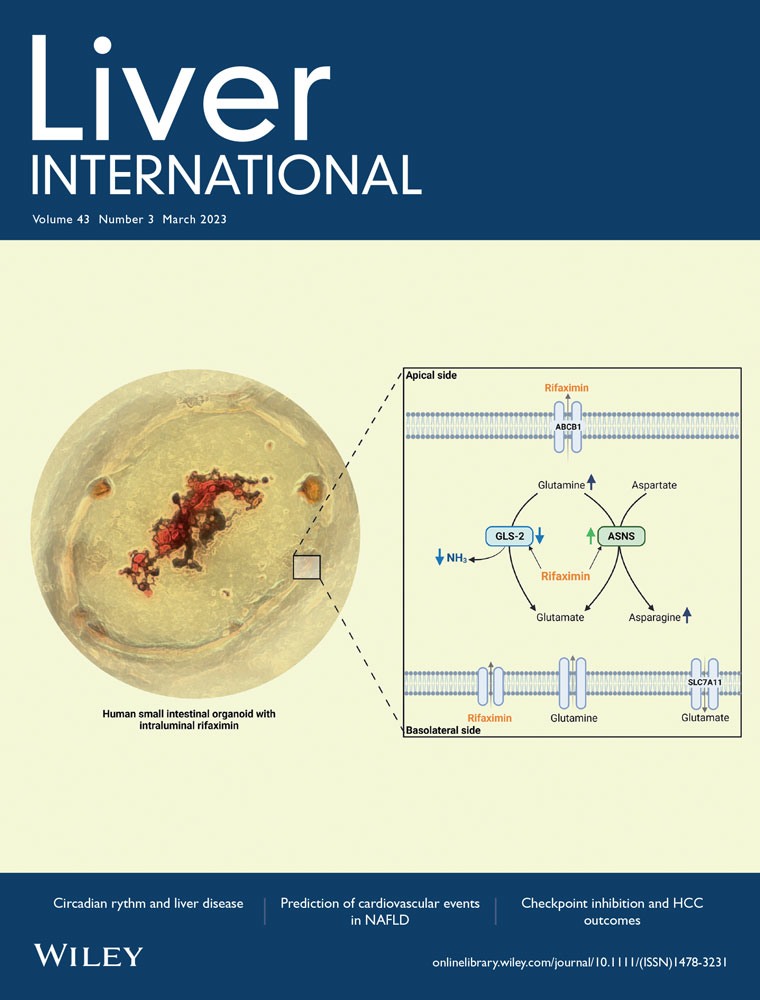An oral phenylacrylic acid derivative suppressed hepatic stellate cell activation and ameliorated liver fibrosis by blocking TGF-β1 signalling
Taixiong Xue and Lin Yue contributed equally to this study.
Handling Editor: Dr Luca Valenti
Abstract
Background and Aims
Liver fibrosis is an excessive wound-healing response governed by activated hepatic stellate cells (HSCs). To date, there is no drug available for liver fibrosis. Although ferulic acid (FA) has multiple pharmacological functions, its anti-hepatic fibrosis activity is weak. Based on the activity modification of the FA structure, we synthesized a series of phenylacrylic derivatives and found a superior compound, FA11. In this study, we investigated its antifibrotic effect and mechanism.
Methods
Activated HSC and CCl4-induced mouse liver fibrosis were established and followed by FA11 treatment. Cell viability was measured by CCK-8 assay. Apoptosis and cell cycle analysis were conducted by flow cytometry. Western blot and Real-time qPCR were used to examine the expression of fibrotic and M1/M2-type macrophages markers. Degree of liver fibrosis was shown by histological staining.
Results
In vitro, FA11 inhibited TGF-β1-induced LX-2 proliferation and led to apoptosis and cycle arrest. Furthermore, elevation of fibrotic markers in TGF-β1-induced LX-2 and primary activated HSC was reversed by FA11. In vivo, FA11 administration alleviated collagen deposition and blocked HSC activation and epithelial-mesenchymal transition (EMT). Additionally, FA11 reduced macrophage infiltration in fibrotic liver and prevented macrophage polarization to a profibrotic phenotype. Meanwhile, the systemic toxicity of CCl4 was also ameliorated by FA11. Mechanistically, FA11 reversed the phosphorylation of canonical and noncanonical TGF-β1 signalling, as well as FGFR1 signalling.
Conclusions
We reported an oral phenylacrylic acid derivative, FA11, which showed excellent antifibrotic activity and was expected to be an anti-hepatic fibrosis candidate.
CONFLICT OF INTEREST
The authors declare there is no conflict of interest.




